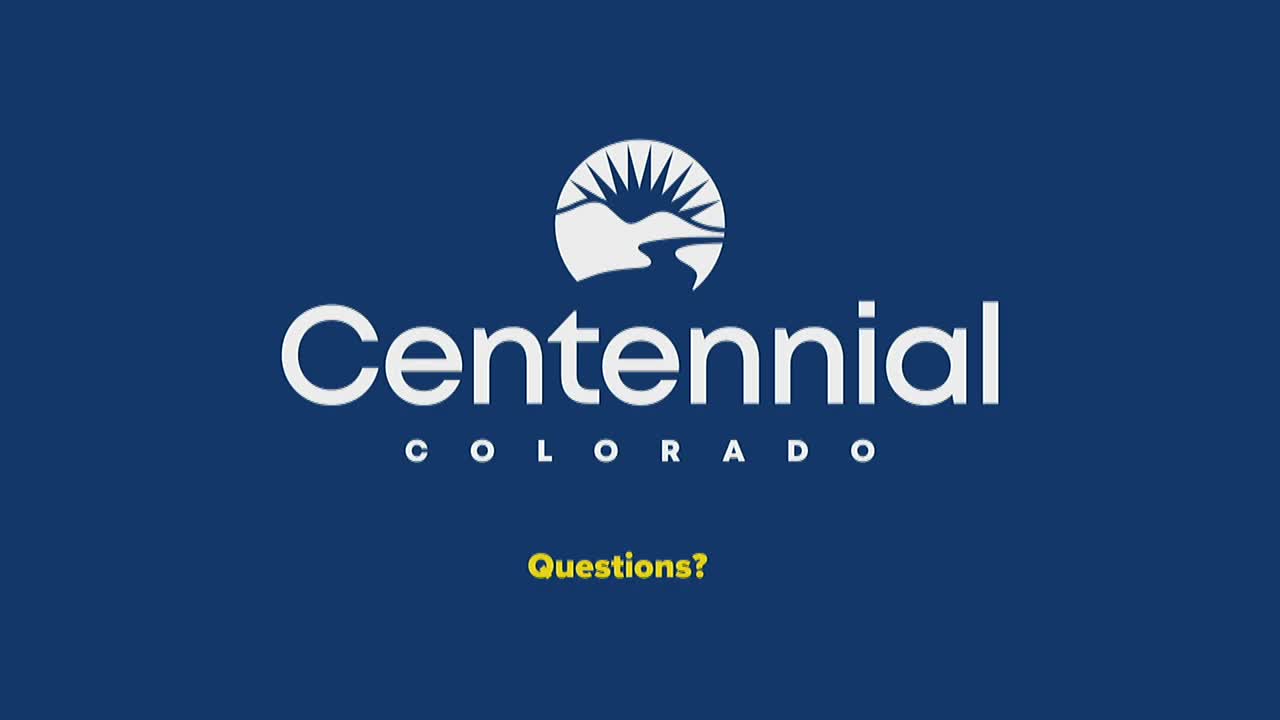City considers new mural regulations amid free speech concerns
August 06, 2024 | Centennial, Arapahoe County, Colorado
This article was created by AI summarizing key points discussed. AI makes mistakes, so for full details and context, please refer to the video of the full meeting. Please report any errors so we can fix them. Report an error »

In a recent government meeting, officials discussed the introduction of a mural program aimed at enhancing community aesthetics while navigating First Amendment considerations. The initiative is intended to be a cautious first step, with plans to limit participation initially to ensure manageable implementation. Some schools, particularly those in designated educational zones, may qualify for mural installations, while others may not.
The conversation also highlighted the existing graffiti ordinance, which will remain in effect. If a mural is defaced, property owners will be required to remove the graffiti within 72 hours. Officials are considering the use of specific adhesive covers for murals to facilitate easier removal of any graffiti that may occur.
Council members raised questions about the broader implications of the First Amendment on signage, including whether similar considerations apply to other types of signs, such as feather signs. Legal experts clarified that while the city cannot regulate the content of signs due to strict case law, there are narrow exceptions for obscenity and fighting words.
The discussion also touched on the historical context of murals in the city, noting that while there have been city-initiated murals, there has been no formal regulation for privately commissioned murals until now. Officials acknowledged that the current code does not explicitly address murals, which has led to some ambiguity regarding property owners' rights to display them.
Overall, the meeting underscored the city's commitment to fostering artistic expression while balancing legal constraints and community standards. The proposed mural program is seen as a potential avenue for enhancing local culture, provided it is implemented thoughtfully and within the bounds of existing laws.
The conversation also highlighted the existing graffiti ordinance, which will remain in effect. If a mural is defaced, property owners will be required to remove the graffiti within 72 hours. Officials are considering the use of specific adhesive covers for murals to facilitate easier removal of any graffiti that may occur.
Council members raised questions about the broader implications of the First Amendment on signage, including whether similar considerations apply to other types of signs, such as feather signs. Legal experts clarified that while the city cannot regulate the content of signs due to strict case law, there are narrow exceptions for obscenity and fighting words.
The discussion also touched on the historical context of murals in the city, noting that while there have been city-initiated murals, there has been no formal regulation for privately commissioned murals until now. Officials acknowledged that the current code does not explicitly address murals, which has led to some ambiguity regarding property owners' rights to display them.
Overall, the meeting underscored the city's commitment to fostering artistic expression while balancing legal constraints and community standards. The proposed mural program is seen as a potential avenue for enhancing local culture, provided it is implemented thoughtfully and within the bounds of existing laws.
View full meeting
This article is based on a recent meeting—watch the full video and explore the complete transcript for deeper insights into the discussion.
View full meeting
